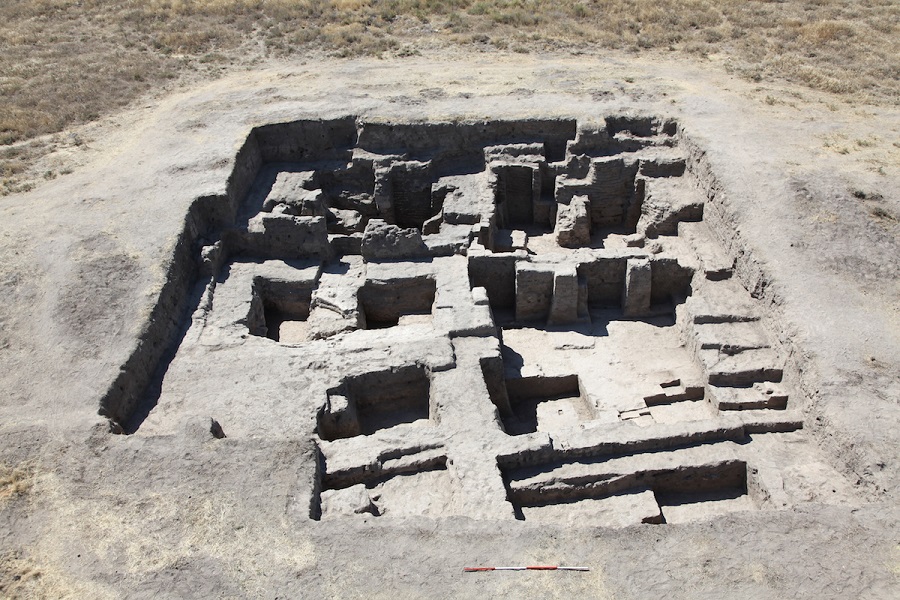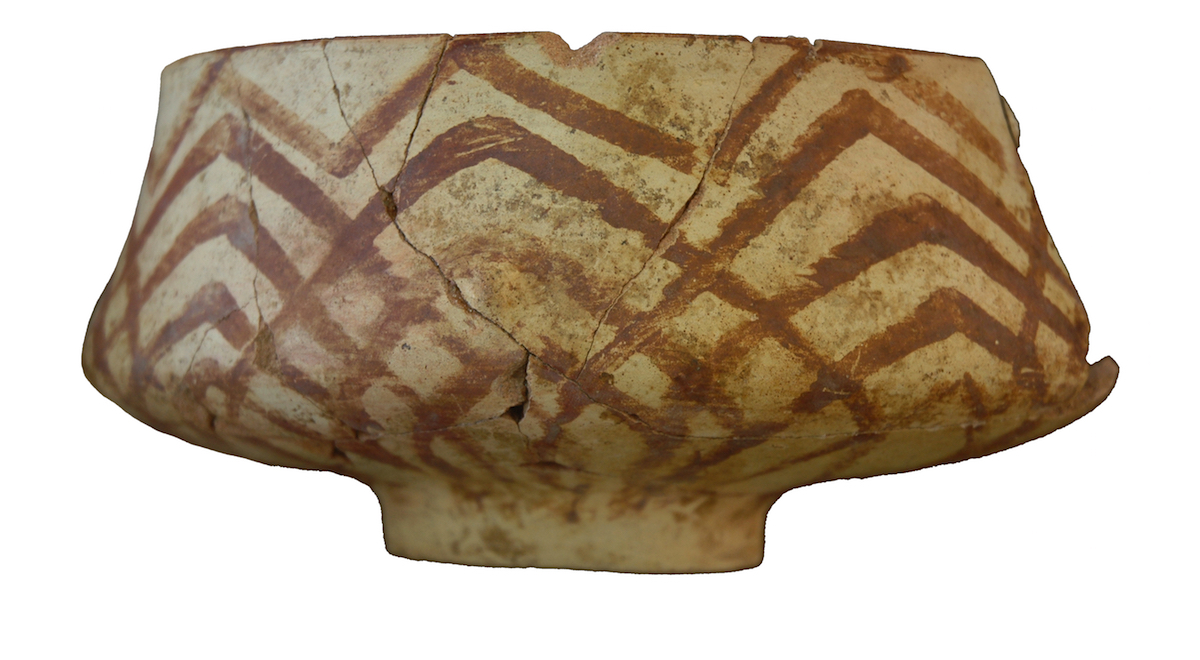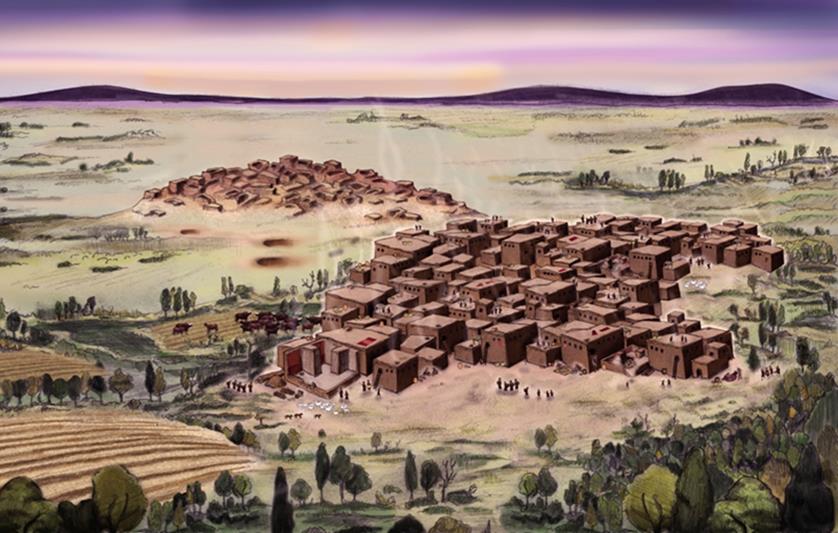The West Mound

Occupation of the West Mound of Ҫatalhöyük started later than its eastern counterpart and continued long after the desertion of the East Mound. The area between the mounds is today taken up by fields, but archaeologists believe it may once have been the location of the Çarşamba River. The mound is commonly associated with the Early Chalcolithic, the period where we first begin to see painted pottery. Available dates suggest that the mound was occupied between 5,900-5,600 BCE. Ҫatalhöyük is special in that it spans this Late Neolithic to Early Chalcolithic transition.
Reasons for the establishment of the settlement on the West Mound are not clear. One hypothesis suggests that the Çarşamba River changed its course causing people to move in order to live either closer to or further away from the water. It appears to have been a gradual transformation with cultural differences slowly emerging between the East and the West Mounds. These differences are most obvious in the buildings as we find no evidence for burials under houses, wall paintings or the infilling of abandoned houses.

Pottery also changed with the emergence of beautifully decorated pots. This may have been due to a new concern for entertaining guests with impressive painted serving vessels. Although we see evidence for such change in serving practice, diet remained much the same. Only cattle seem to have been consumed less and were no longer used for bucrania or other bone installations. These mark yet more cultural differences between the two mounds.
The reasons why these differences emerged, and why people chose to occupy the West Mound in the first place, remain open to interpretation. Investigations into this fascinating site are set to continue in the future.
